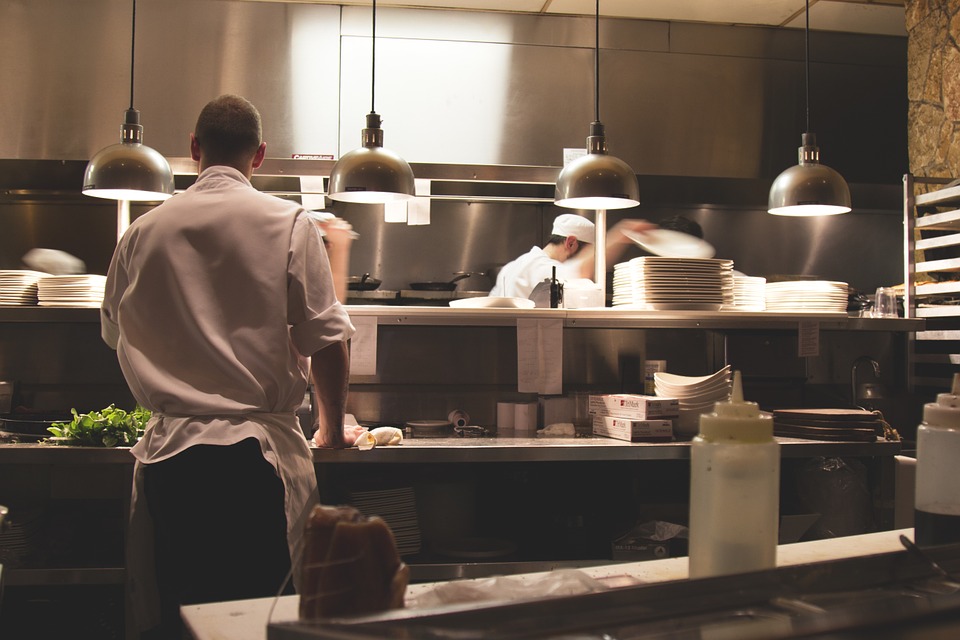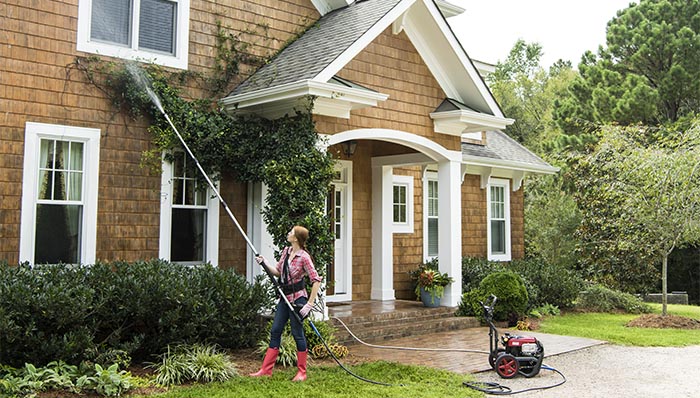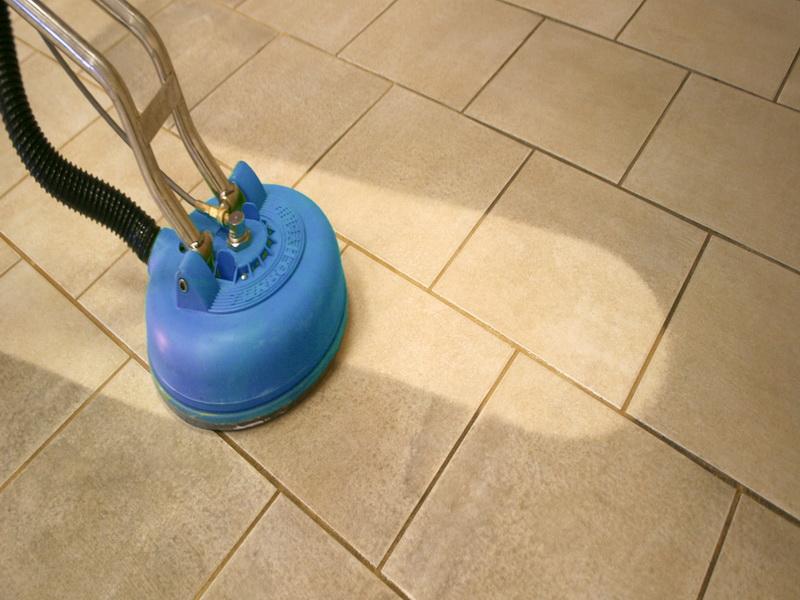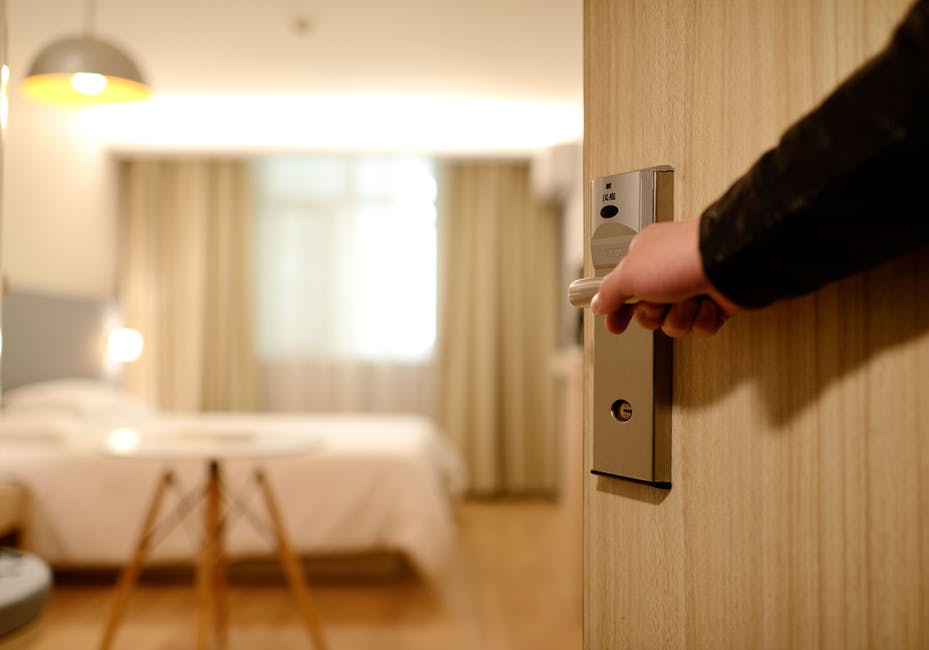The restaurant equipment you use in your commercial business will determine if you will succeed or fail in the foodservice industry. Since this is vital, you need to have all the necessary utensils needed to ensure that the kitchen functions well and meets the customers’ demands. How will you know that the equipment you have in your restaurant will make it run in the best manner?
Measure the kitchen
You may have a perfect commercial restaurant equipment list, but you have to ensure that the items you would like to purchase can fit in the desired location. Once you understand the size of your area, you will have knowledge of the items you can accommodate. You will also have the ability to select a practical size of the floor model.
Know your menu
Before choosing your commercial restaurant equipment, it is crucial to know the type of food you are going to serve your clients. Knowing what you will offer will help you start on the right path for choosing the products needed to prepare, serve, bake, cook, preserve, and store food.
Pick top quality brands
You should not settle for anything that is not durable for your kitchen. While you would like to buy under-counter refrigerators that fit your budget, you do not want to mistake saving some money and sacrificing on quality. Do research about the manufacturer of the products that appeal and check their reputation. You need to make sure that the equipment you purchase has undergone design with safety, efficiency, and functionality in the mind. This equipment needs to withstand continual wear and tear and meet particular restaurant codes.
Think beyond the floor
You need to remember that the floor of your restaurant is not the only place where you can put your items. You can use shelves, countertops, storage carts, tabletop surfaces, and other units to hold small appliances in your kitchen. For example, if you require more than one commercial refrigerator and commercial oven in the kitchen and you do not have enough room, you might decide to purchase countertop options instead.
Whether you want new or used commercial restaurant equipment for your kitchen, possessing the right info is crucial when deciding to avoid being duped in purchasing equipment that will give you the required services. Aside from having the right info, you need to look for a store from which you can purchase these items. Ideally, if you have the right cooking items, your restaurant needs to be the place that can serve many customers at all times.
Choosing the right cooking essentials is crucial because they need to be suited to prepare and serve the restaurant offers. For example, if your restaurant is offering pizza, it is certain that you will require grills and ovens for preparing the pizzas. It is, therefore, important to choose your equipment basing on what your restaurant is offering. Conversely, if your restaurant is offering a buffet, then the hold and cook ovens will be ideal. There are crucial decisions you will have to make when choosing the appropriate equipment for your kitchen.
There are many suppliers of restaurant equipment in the market that are ready to give you the supplies you are looking for according to the numbers you will be serving and the food you will be preparing. You need to look for a supplier that will supply you with the best equipment at a reasonable cost. The most crucial components you will require in your kitchen include under-counter refrigerators, commercial refrigerators, and the cooking range hood because most of the cooking goes on during the day.
If you would like to reduce the gas required to cook, then you will have to look for an alternative cooking option. You will have to look at different options available in the market and choose the right one for your restaurant. Commercial restaurant equipment comes in many types. Therefore, it is crucial to list your needs down before buying. If you have a constrained budget, you will have to prioritize your requirements.
However, the pricing does not have to be the determining factor when you want to buy or not to buy the equipment of your commercial restaurant. If necessary, you need to consult with industry professionals so that they advise you on choosing the best commercial restaurant equipment.
Read More :






















